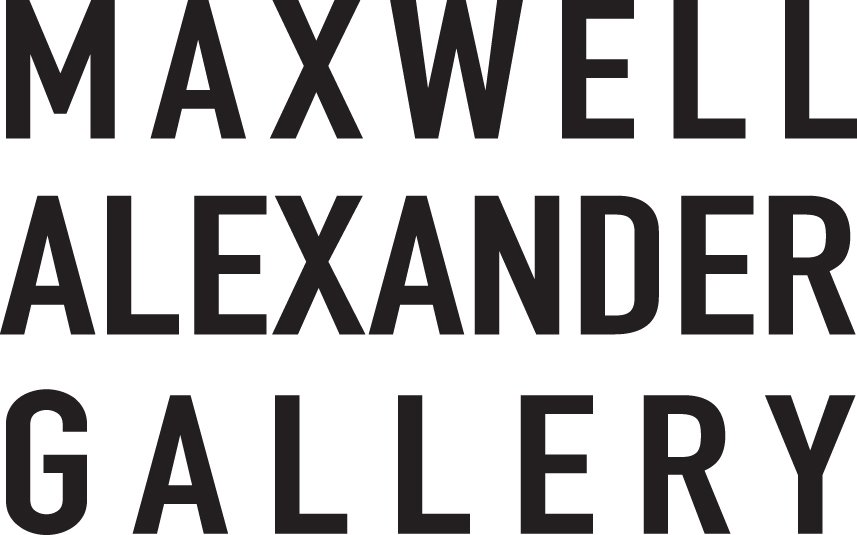Maxwell Alexander Gallery conjures the spirit of the Old West this month by transforming itself into a full-fledged early American trading post. The show, curated by gallery artist Logan Maxwell Hagege, pays homage to these iconic commercial and social destinations, celebrating them as integral to the proliferation of American art and to the advancement of a burgeoning multicultural society. Spurred by Hagege’s personal interest in the history of trading posts, the exhibition-installation creates a microenvironment that mingles contemporary fine art and craft with western and Native American memorabilia. Among the more notable showpieces in what Hagege calls a “hodgepodge” of collectibles is a pair of 1950s-era, 6-foot-tall kachina dolls, as well as a variety of Navajo rugs and jewelry. A selection of vintage and contemporary weavings and kachinas are for sale.
Trading Post opens on Saturday, December 6, with a reception from 6:30 to 8:30 p.m. A broad array of offerings by 11 artists and artisans is for sale, ranging in price from $20 to several thousand dollars and appealing to a wide aesthetic. Gallery owner Beau Alexander says, “For me, the most exciting thing about going to trading posts is looking for treasure. Here, people will find unique treasures that a typical gallery wouldn’t be able to show.” Hagege adds that the show features his “dream list of superstar western artists.”
Gallery artists and special guests each bring two to three pieces to the show, including highly renowned western painters G. Russell Case, Glenn Dean, Jeremy Lipking, Mark Maggiori, and Tim Solliday. Award-winning painter Billy Schenck participates as well, contributing two paintings of late-19th-century kachina dolls. Reminiscent of subject matter that would have been available at a trading post, the paintings are done in the artist’s signature style, which contemporizes traditional themes and compositions. Graphically charged with vibrant, flat color and nearly indistinguishable brush strokes, Schenck’s paintings reference the photographs, posters, and movie stills prevalent in popular culture. Reflecting on the exhibition, Schenck remarks, “A lot of artists I consider peers, and that I collect, are in the show. I’m glad to be part of that. It’s like the Super Bowl for western artists.”
“The idea behind this show was to try and imagine what artists who are around today may have had for sale in the trading posts of the past,” Hagege explains. “This show will feature a mix of contemporary as well as vintage items that will give the L.A. crowd a feel for what a trading-post experience is like.” In addition to curating the show, he contributes two portraits of present-day Native American figures against stylized, light-infused backgrounds, linking traditional subject matter with modernist aesthetics.
Along with paintings, Trading Post offers a number of Old West and Native American pieces by award-winning kachina carver Randy Brokeshoulder; noted Navajo weaver Melissa Cody; Slowpoke leather goods; and artist Ishi Glinksy, who brings baskets made of baling wire that are inspired by traditional Tohono O’odham tribal forms. —Elizabeth L. Delaney

